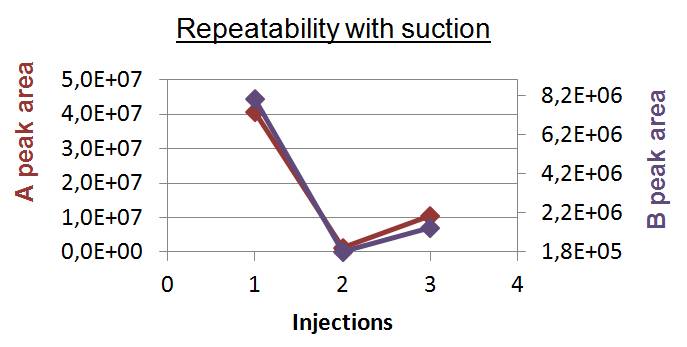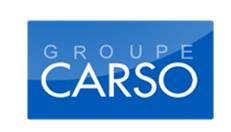|
Introduction
Water is vital for human beings. Nowadays, chemical products cause severe contamination problems. That is why water GC analyses are very important to ensure and maintain a safe use for human health. During a GC sample preparation, the internal standard addition is essential to quantify analytes. In case of mistake (wrong quantity introduced, wrong concentration or internal standard neglect), the exact molecule quantification is impossible to do. It is necessary to repeat the whole process, from the extraction to the chromatographic analysis. Concerned about providing the best results to their clients as soon as possible, CARSO decided to install the internal standard addition function on one of its auto-samplers. Thanks to this operation automation, the company hopes to reduce significantly the error count associated with this step. The tests were realized with a view to use this autosampler for the routine method devoted to the pesticides analysis. This process requires an SPE extraction followed by GC analysis MS/MS. This routine was chosen because it is a classical technique, widely used in the laboratory. If the assays are conclusive and if the autosampler meets the expectations of the company, the office could use it for other methods.
Experimental conditions
First, the fact that the auto-sampler carried out the task it was asked to do respecting the entered parameters was checked (like internal standard volume added, rinsing number or also the needle penetration depth into the vial).
Then statistical repeatability studies were made using a mix of A, B (method internal standards) and DCM (solvent). At last, the influence of various factors on the results homogeneity was evaluated (like volume used, vortex use or number of passivation).
Results
From the beginning there were some auto-sampler functionality troubles, the most important of those being a suction problem. Indeed, after the needle had injected the internal standard into the vial, the auto-sampler sucked a solution part, in the top of the vial, to throw it in the waste.
The withdrawn sample part was not homogeneous, so it was impossible to properly quantify the molecules. So the tests were proceeded with half-filled vials. The results of a manual preparation and an automated preparation were compared. Ten vials using each method were prepared and the CV values were calculated. The results showed that an automated preparation was more accurate than a manual preparation but it made a little difference of barely 1% as we can see on Fig.2. So the using of automated preparation was as effective as the manual preparation but it does not bring a major improvement.
Conclusion
It is now obvious that this auto-sampler new option is not operational. There are some basic problems, some parameters we cannot change. The internal standard addition could be useful but the final volume change would modify the method and would require its revalidation. Moreover, the automation of the internal standard addition does not significantly yield better results than the manual method.
Finally, this option was announced as a great feature although it is quite disappointing and has not been completed yet.
|
|

This chart shows that the sample part withdrawn by suction is not homogeneous. The peak areas are not in the same magnitude order according the different injections.

This table shows the CV improvement thanks to the automated preparation.
|




